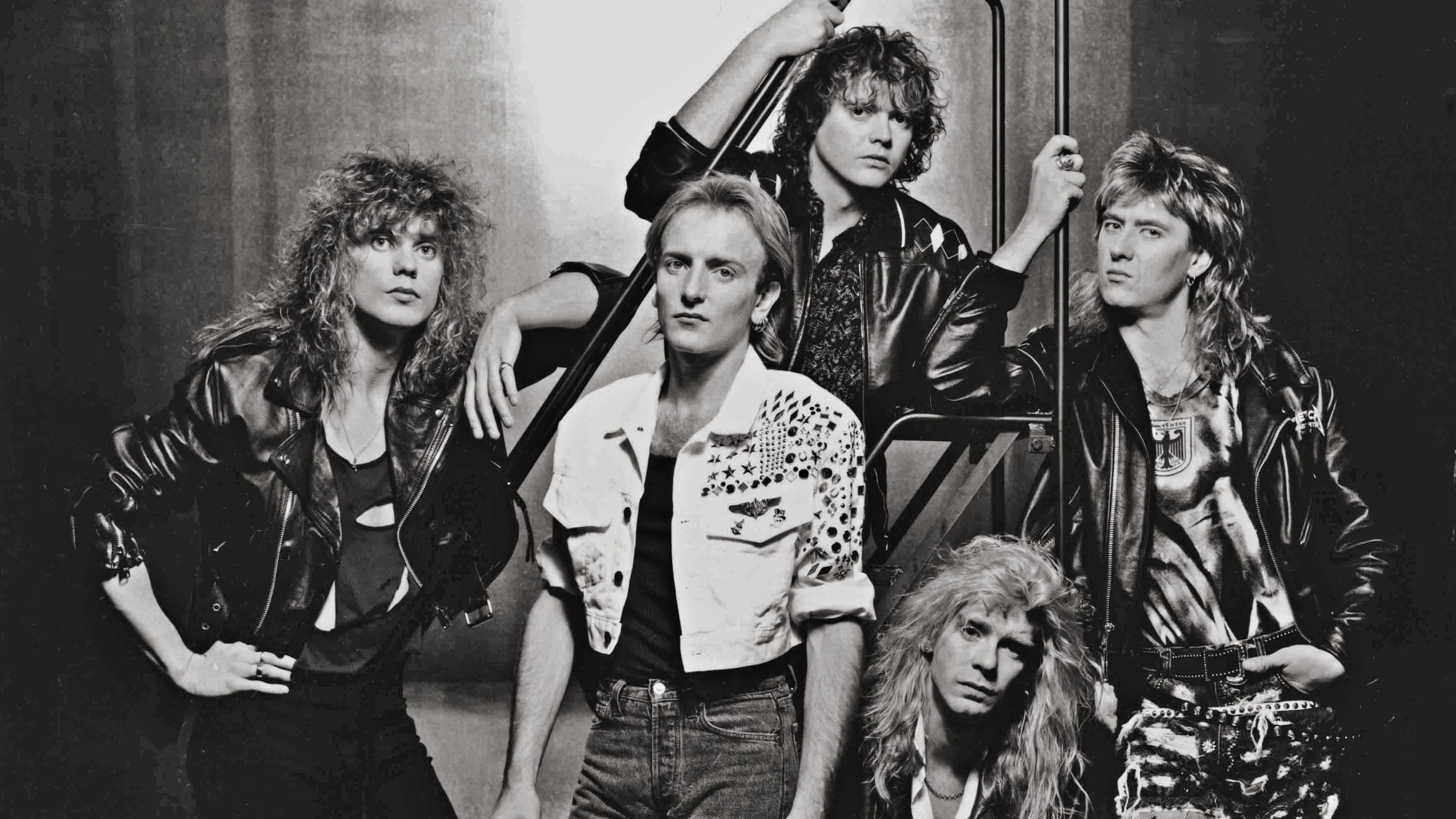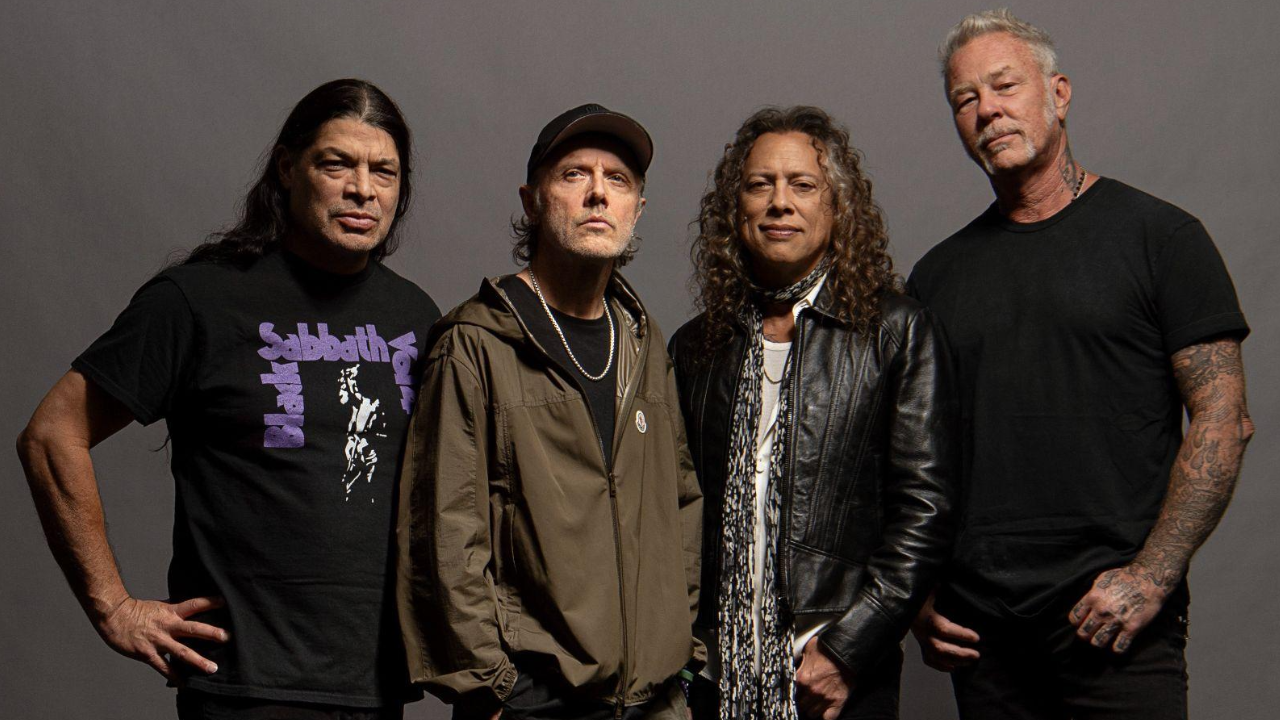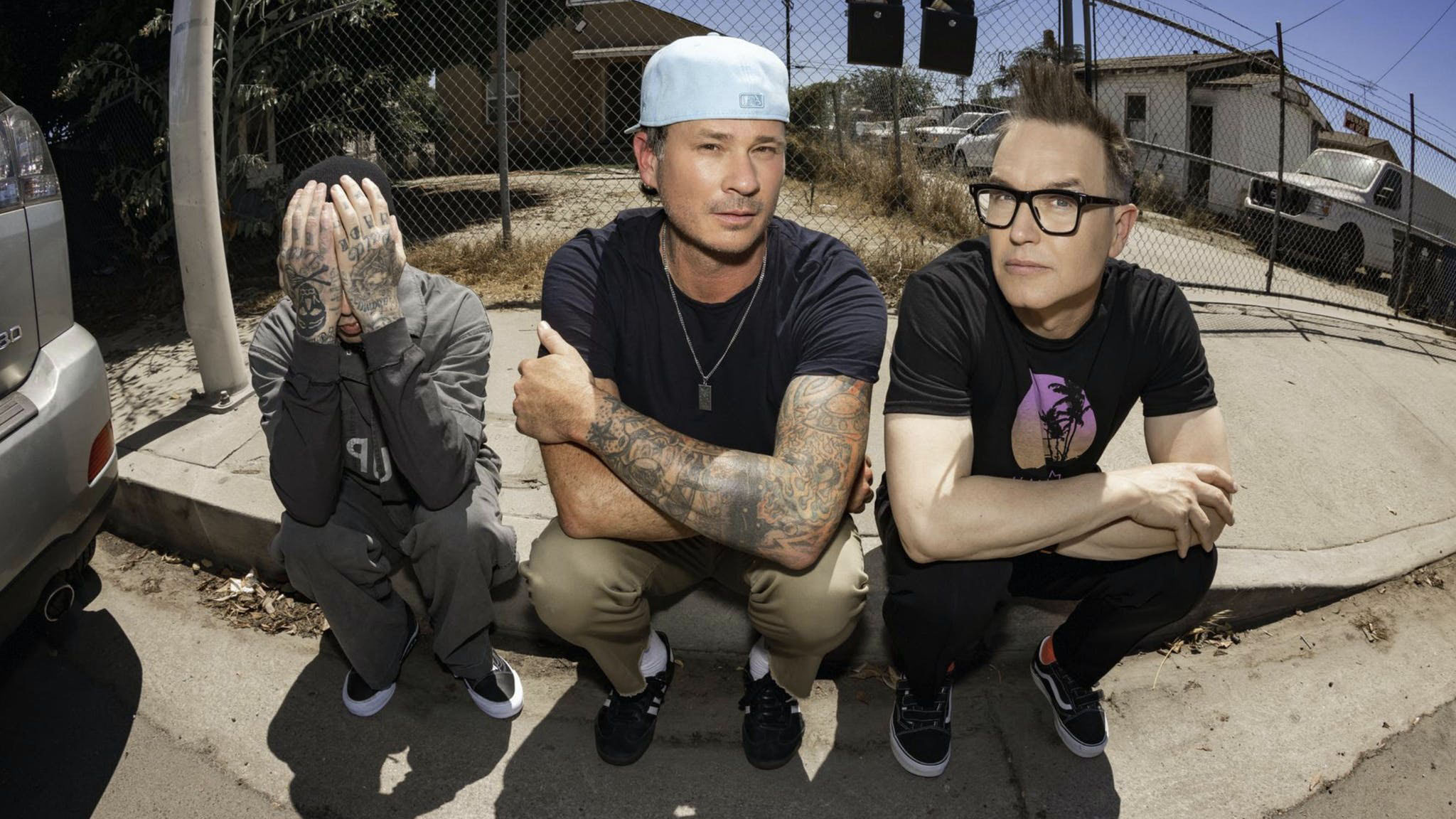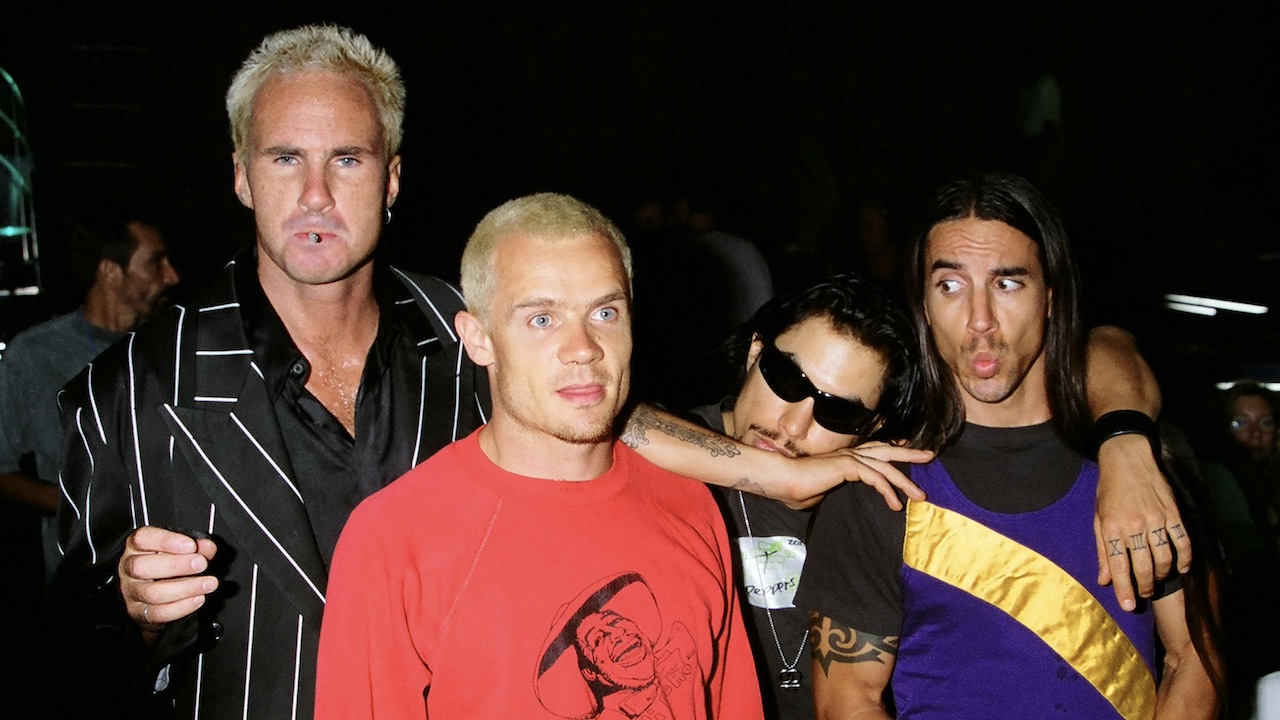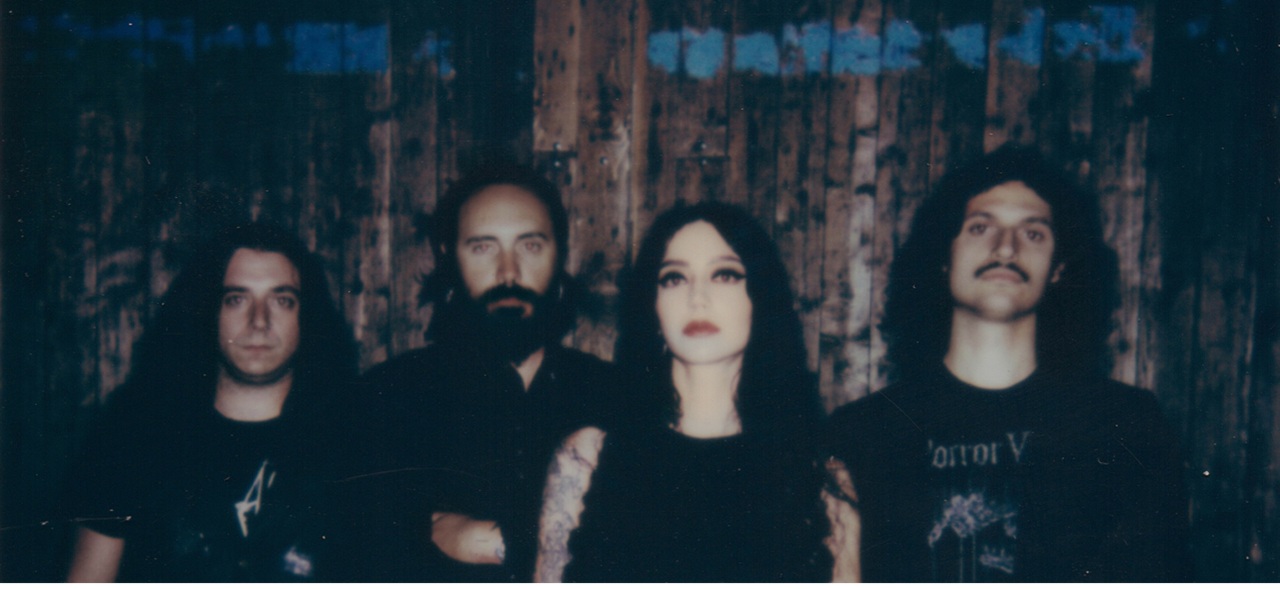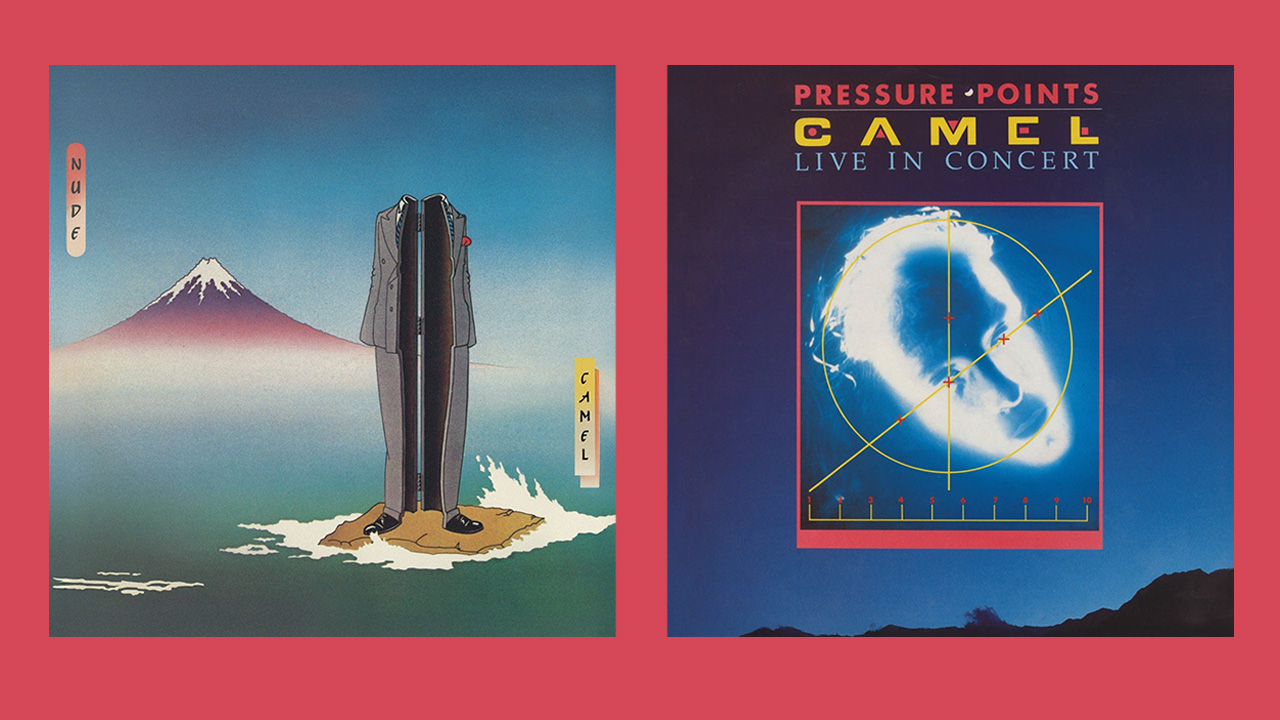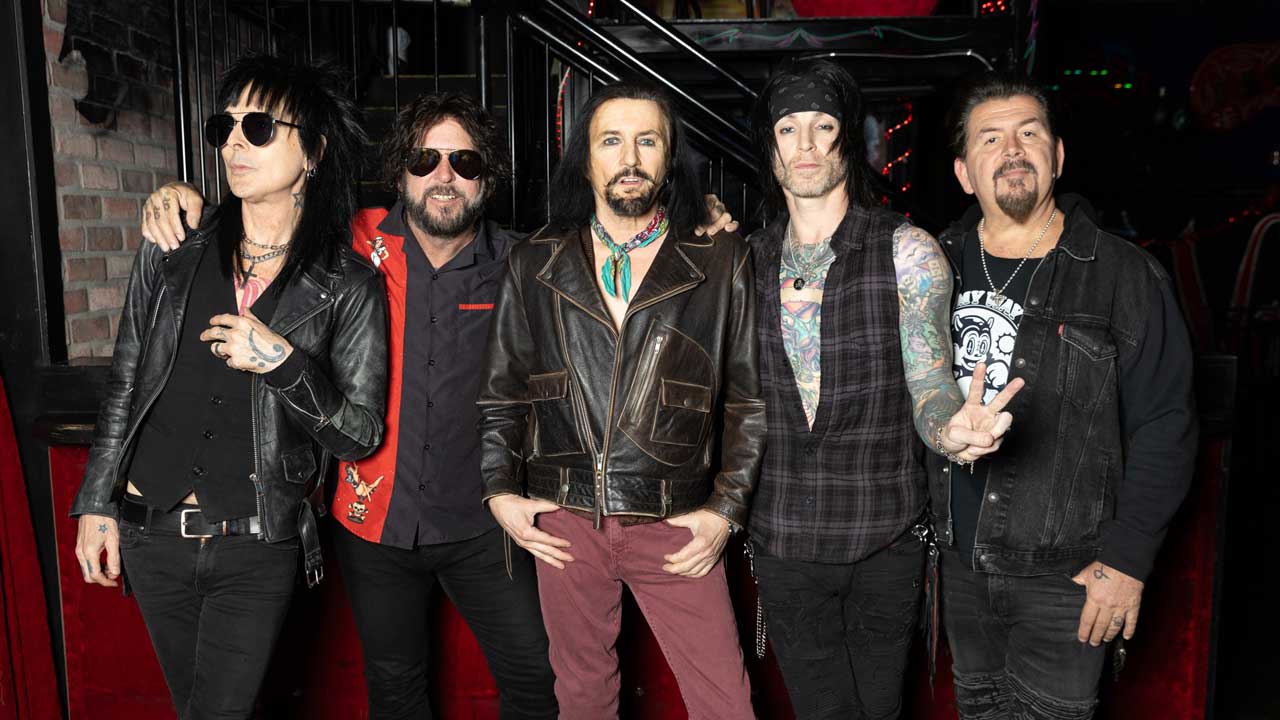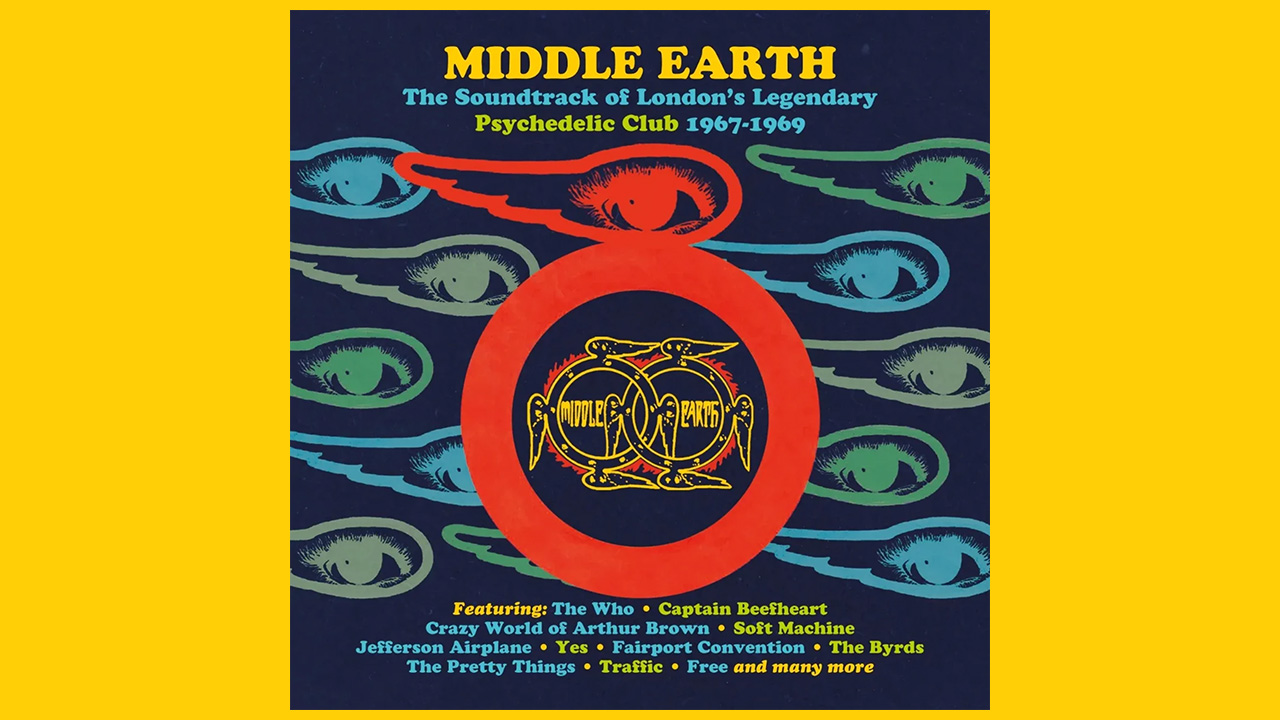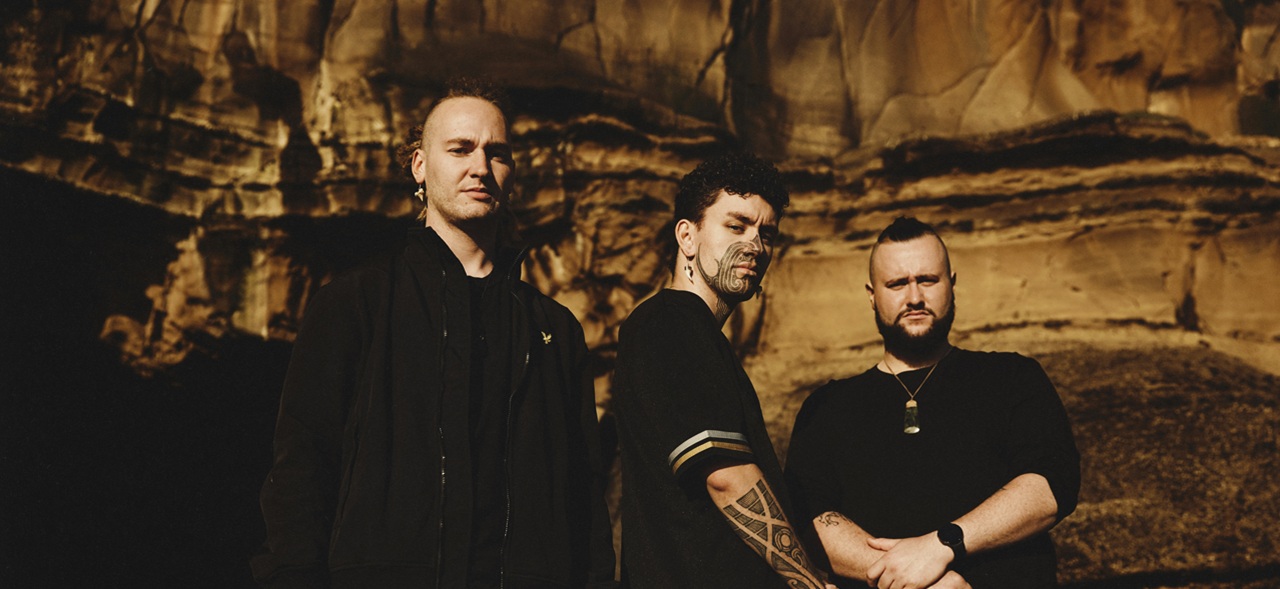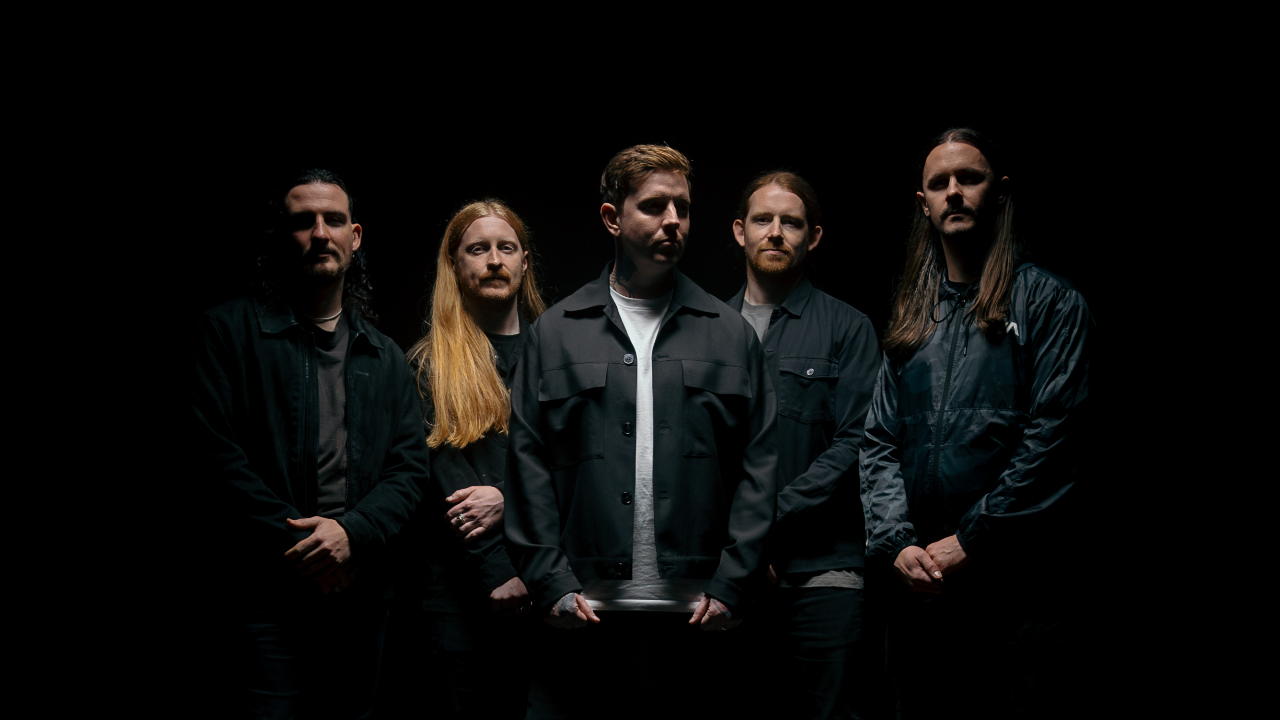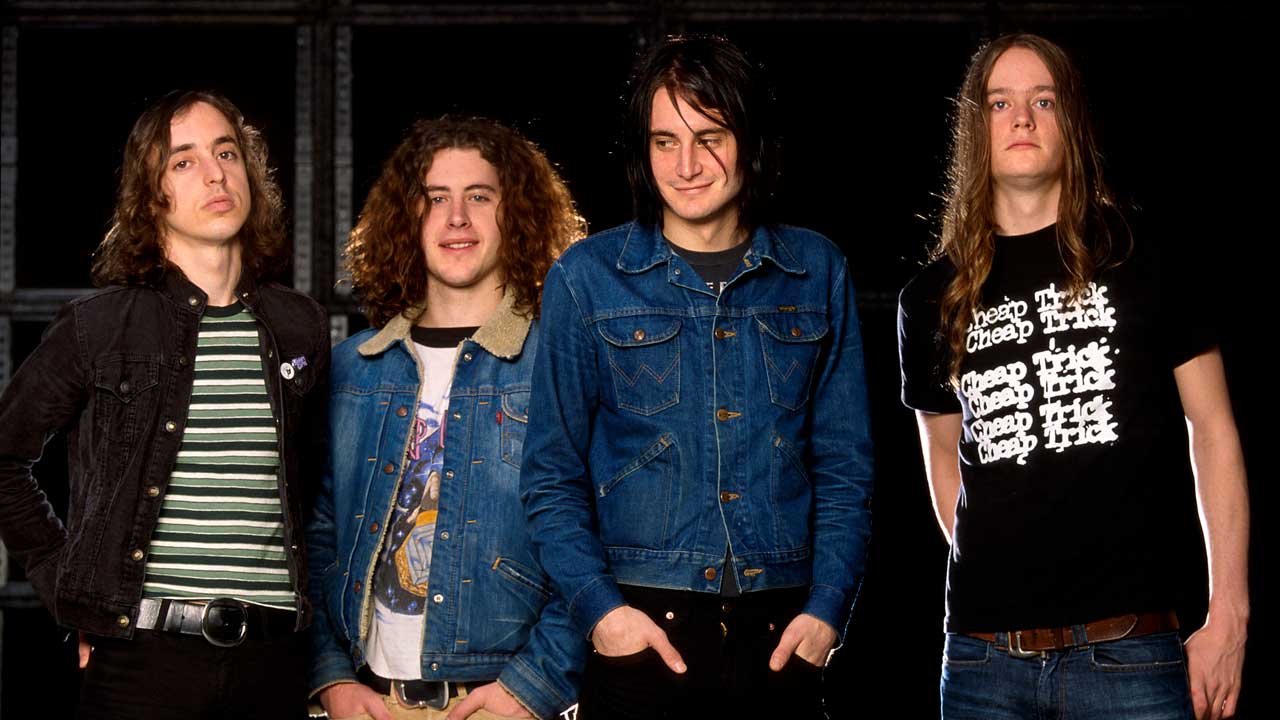Pop quiz: what was the best-selling hard rock album of 1987? Was it Guns N’ Roses’ all-conquering Appetite For Destruction, the record that eviscerated 80s metal long before Nirvana turned up, or was it Def Leppard’s titanic Hysteria, a chart-eating monster that spawned seven singles and changed the sound of rock overnight?
The answer is neither. The biggest hard rock album of 1987 – by several million miles – was Bon Jovi’s Slippery When Wet, even though it was released the previous year. Def Leppard and Guns N’ Roses were nowhere to be seen in the end-of-year-charts; even Cinderella’s Night Songs shifted more copies. It was a confusing time, the 80s.
Appetite For Destruction and Hysteria were both classic slow-burners, records that took a while to find their feet then took off like Carl Lewis with a firework up his arse when they did. In the case of GN’R it was eternal end-of-the-wedding-reception favourite Sweet Child O’ Mine that finally did it for them, 12 months after the event. For Def Leppard the tipping point was Pour Some Sugar On Me, the track that launched the careers of a million Midwest strippers.
A sluggish start was the only thing the two albums had in common. Guns N’ Roses were a pack of feral dogs with malice in their eyes, and Appetite reeked of Jack Daniel’s and junkie sweat. Joe Elliott was just three years older than Axl Rose, but Leppard were elder statesman by comparison. They had one multi-million-selling record (1983’s Pyromania) under their belt, and the era’s most successful producer (Mutt Lange) in their corner. If Hysteria smelled of anything, it was money. But by God, what a fantastic stench it was.
Thirty years after it first emerged blinking into the light, Hysteria, their fourth album, finally gets the multi-disc treatment it deserves. Unjustly, Leppard have never been garlanded with the same respect afforded to some of their peers – not just Guns N’ Roses, but Metallica and U2 too. Hysteria is as good as anything any of those bands recorded (it’s also a fine reminder of how integral a part of Leppard the late, great Steve Clark was – the guitarist bought a shot of nervy but cool charisma that the band have never truly replicated).
Hysteria famously took four years to make – no time at all these days, but an eternity back in the greed-is-good 80s. It was plagued by false starts – a disastrous attempt to record with Jim Steinman fell apart when the band realised he might be a fantastic songwriter, but he was a hopeless producer; and personal turmoil, most notably drummer Rick Allen’s car smash in which he lost his arm and nearly lost his life.
They eventually emerged from the maelstrom with a stone-cold classic. Hysteria redefined state-of-the-art, from its meticulously sharp production to the monstrous drum sound that inadvertently gave every other 80s band permission to sound like they were triggering explosive charges in a ballroom every time they hit the skins.
While both of those things played their part in the album’s success, it would have been nothing if the songs weren’t up to snuff. Hysteria aced it in that department too, from the opening space-age glam-rock one-two of Rocket and Women, through the pop-rock nirvana of Animal, to the sort of anthems that are so willfully brainless that only a genius could come up with them – yes, we’re looking at you, Pour Some Sugar On Me and Armageddon It.
Leppard have said they went in wanting to make the hard rock version of Michael Jackson’s Thriller – an album that spawned seven US Top 10 singles. They didn’t quite match that, notching up a comparatively trifling four Top 10 hits and two Top 20s (lead-off single Women vanished without trace). Still beats a poke in the eye with a shitty stick, though.
Much of Hysteria’s rocket fuel comes from its first six tracks, but it’s the old side two where the gold can be found today. Gods Of War is apocalyptic Reagan-era cold war paranoia re-imagined as towering pop-metal behemoth. Run Riot is the closest Def Leppard ever came to punk rock – not really very close at all, but still as exhilarating as hell. The leering funk of Excitable sounds like a bunch of Northern brickies hitting Studio 54 with a carrier bag full of Boddingtons, and is all the better for it.
And then there’s the closing track, Love And Affection. Often remembered as the runt of the pack, if it’s remembered at all, it’s actually Hysteria’s most underrated track – a rush of guitar-heavy pop with a light touch that’s absent from the rest of the album. You could argue that the album wouldn’t be any worse if they’d left it off, but that would be missing the point. Hysteria is a perfect 12-track work of art, end of story. Add a song and you’re drawing a moustache on the Mona Lisa, take one away and you’re chopping the cock off Michelangelo’s David.
Wisely, this box set treats Hysteria like the holy relic it is. Those 12 untouchable tracks perch regally at the centre, with everything else built around it.
The four extra discs in the top-of-the range option pull together all the periphera from the era. Which is most essential depends on your preference for studio tracks over their live counterparts. Two of the discs round-up the various B-sides and remixes from the time. Tear It Down, Ring Of Fire, I softwareuiphraseguid=“de1763ef-2b52-41e4-94d5-92aff078adc4”>SOFTWAREmark” gingersoftwareuiphraseguid=“b7fc1316-1b8c-46f9-9bad-a9c5d88443ac” id=“d919cb56-2d17-4304-8de5-6ca304ab03b9”>Wanna Be Your Hero and an updated version of Ride Into The Sun from their very first EP – all perfectly serviceable, though none are good enough to challenge for a place in Hysteria’s first team (a hilariously sloshed version of Engelbert Humperdinck’s Release Me featuring road manager Malvin Mortimer on vocals wouldn’t even be allowed in the dressing room).
The assorted Nuclear, Lunar and Orgasmic Mixes of the various singles couldn’t be more 1980s if they came hand-delivered by Max Headroom driving a Sinclair C5. In terms of 80s touchstones worth getting nostalgic about, the 12-inch remix is down near the bottom of the list.
Discs four and five are more interesting for the Leps diehard, containing an entire live show captured on their groundbreaking In The Round tour. While a recording that has gathered dust in the vaults for 30 years is never going to challenge Live And Dangerous for the title of Greatest Live Album Ever, it’s still a fine aural snapshot of a band in their imperial prime. But it also begs the question: where are the accompanying visuals? The tour was filmed – “We have lights, we have cameras,” Joe Elliott says during the intro to Women – but there’s no sign of any footage.
That’s the one real frustration here. Def Leppard have always been reluctant to throw open the archive for public consumption, but surely this self-imposed statute of limitations has run out? Maybe there aren’t any unheard tracks missing in action, but it would be intriguing to hear how the ones that did make it grew from the ground up. Hell, there’s a bunch of Jim Steinman demos out there somewhere. Go on, next time put your balls on the table and let this stuff out of the vaults. It‘s what Cinderella would have done.
